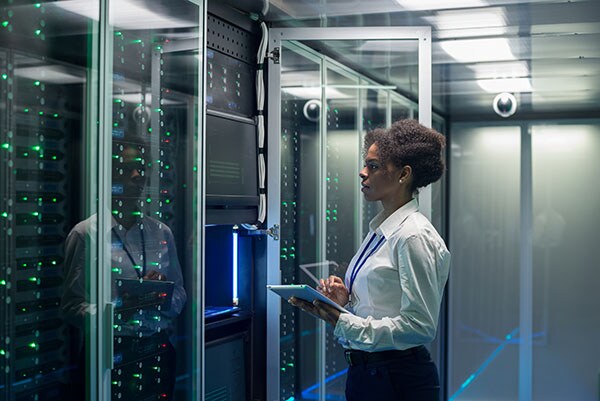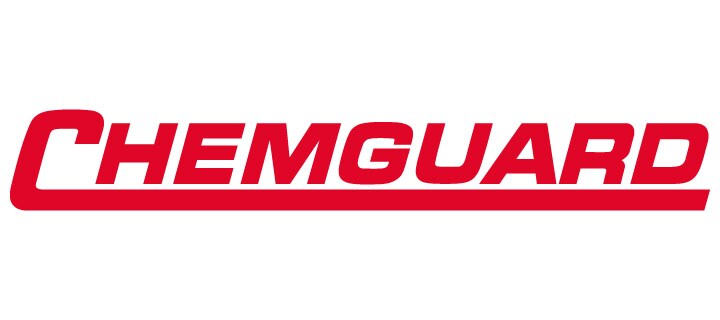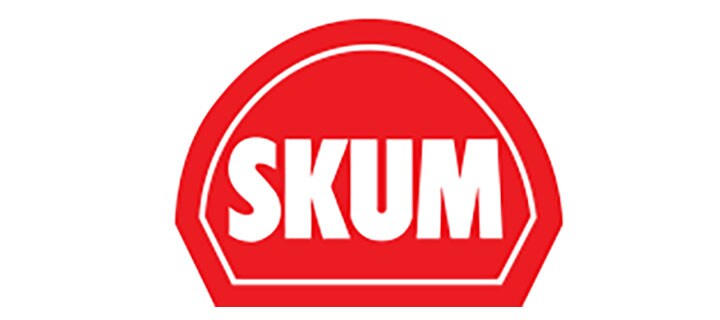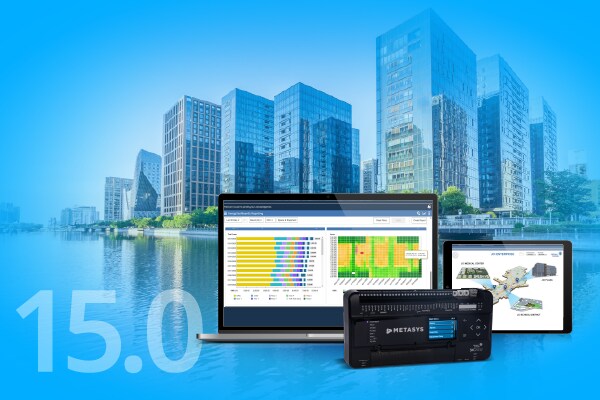- Johnson Controls
- Building Insights
- Innovation and sustainability for data centers
How precision environmental control supports innovation and sustainability for data centers
Modern data centers must maintain an equilibrium of environmental priorities, balancing both operational excellence and sustainability.

In an interconnected world that is more “online” and “always-on” than ever before, data centers are the driving engine of innovation, enabling everything from AI, to streaming services and global commerce. As the critical foundation of the connected age, data centers orchestrate the management of client data, the hosting services and the computational power required to automate tasks that fuel daily life. And to do so, these digital factories must not only deliver uninterrupted access but also strive to minimize their environmental footprint.
Modern data centers must maintain an equilibrium of environmental priorities, balancing both operation excellence and sustainability. To safeguard hosted data, extend the lifespan of what is critical infrastructure while also meeting stringent regulatory requirements, operators need to focus on three fundamental objectives:
- Environmental control: Excessive heat generated by server racks must be mitigated to comply with and ideally exceed manufacturer recommendations.
- Operational uptime: With uninterrupted data availability 24/7/365 becoming a non-negotiable, proper staging and deployment of cooling systems are essential.
- Regulatory compliance and cost management: As data centers expand across the globe, efficiency has become more essential than ever for all parties involved.
With over 140 years of experience in environmental controls and a global distribution network touching every continent, Johnson Controls stands as a prime example of excellence in the field of environmental control systems.
Below, we deep dive in each of these aspects.
The necessity of environmental control
Data centers are intricate ecosystems, and maintaining precise environmental conditions is imperative. Among the biggest challenges faced by data centers heat management, as the constant generation of thermal energy by server racks can jeopardize equipment performance, shorten lifespan and cause costly interruptions to providers.
Temperature fluctuations are particularly risky, as they can lead to unplanned downtime and expensive repairs. Humidity control is equally vital; excessive moisture risks condensation, while dry conditions can foster static electricity, endangering sensitive electronics.
Pressure dynamics must also be maintained with precision, as fluctuations can diminish cooling efficiency and disrupt airflow, creating hotspots that compromise operational integrity.
To address these challenges, the sophisticated staging of distributed HVAC cooling equipment is a must. Continuous monitoring of HVAC equipment performance enables the optimization of cooling strategies for air handling units and cooling distribution units to ensure that critical temperature, humidity, and pressure conditions required by server racks are maintained within a data hall.
Key environmental management strategies include:
- Airflow optimization: ensuring that the proper airflow is delivered to servers to prevent hot spots
- Precise temperature and humidity control: maintaining stable temperature and humidity conditions at each server
- Dynamic cooling distribution: delivering cooling effectively and efficiently to each server
When pairing these strategies with proactive maintenance of all HVAC systems, data centers will recognize heightened reliability of critical equipment, prolonged lifespan of servers and reduced energy costs – all contributing to operational excellence.
Operational uptime: A non-negotiable
For data centers, operational uptime is a non-negotiable imperative. Uninterrupted functionality is essential to meet the relentless demands of a digital world, necessitating robust systems of redundancy and high availability within the mechanical cooling infrastructure. Redundant systems mitigate risks, ensuring continuity even in the face of unforeseen equipment failures or environmental disruptions.
Some common redundancy strategies include:
- Dual cooling paths (2N): Independent cooling systems guarantee stability even in the event of a mechanical failure.
- Backup cooling systems (N+1/N+2, etc.): Additional capacity supports seamless operations under adverse conditions.
- Redundant servers (2N): Failover support to allow for monitoring and command of critical systems.
These redundancy strategies form the backbone of reliability, allowing data centers to maintain uninterrupted service and meet stringent service-level agreements. In the “always-on” era where uptime is considered by most customers a given, data center operators must make sure that all these strategies are put in place to protect the overall system.
A balancing act: Cost management and regulatory compliance
Amidst rising operational costs and more stringent environmental regulations, data centers face the dual challenge of cost containment and compliance. Achieving energy efficiency and resource optimization is paramount to balancing performance and expense, while adherence to regulatory standards maintains sustainability and avoids penalties.
This is where building automation systems play a huge role, as they help data centers operate within prescribed thresholds for temperature, humidity and pressure, safeguarding compliance while maximizing efficiency.
Dashboards and reporting tools are invaluable in navigating these challenges. These systems provide operators with real-time insights into energy usage, cooling performance and environmental conditions, empowering informed decision-making.
Automated reporting simplifies regulatory documentation, streamlining audits and inspections while reducing administrative burdens. By analyzing trends and pinpointing inefficiencies, operators can optimize resource utilization, lower operational costs and achieve regulatory compliance, while maintaining peak performance.
Building the future, together
As data centers continue to evolve, so must the strategies that support them. Precision environmental control, intelligent automation, robust cybersecurity, and efficient scalability are essential requirements that will only grow in importance as the data center footprint expands across providers and at a global scale.
With over 140 years of experience in environmental controls and a global distribution network touching every continent, Johnson Controls stands as a prime example of excellence in the field of environmental control systems. By leveraging our unparalleled expertise in managing environmental conditions, alongside real-time analytics technology, we help clients and partners drive efficiency, reliability and sustainability in data centers around the world.

















.jpg?la=en&h=320&w=720&hash=244C75B74F0F77521D56164450973BCD)














.jpg?la=en&h=310&w=720&hash=8D9823F26AA80B2B75C3E4B2E61770DC)


.jpg?la=en&h=320&w=719&hash=13CA7E4AA3E453809B6726B561F2F4DD)
.jpg?la=en&h=306&w=720&hash=F21A7CD3C49EFBF4D41F00691D09AEAC)

.png?la=en&h=320&w=720&hash=18CFCCD916C92D922F600511FABD775D)














